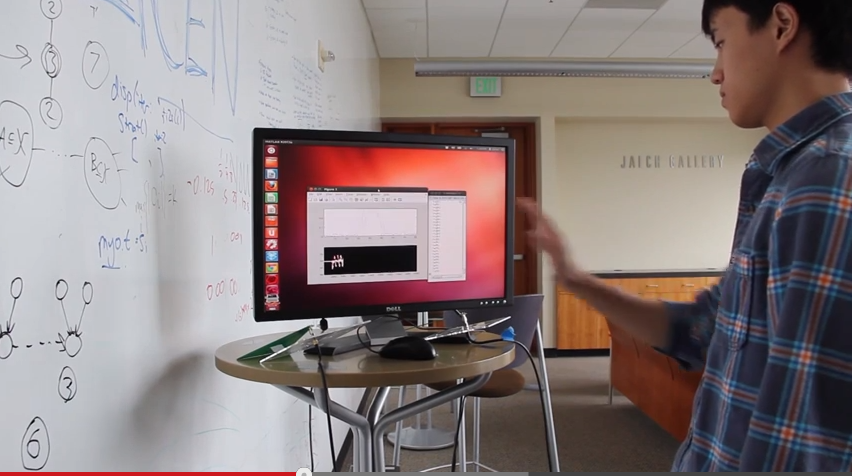
You think your Lockitron and your Nest make that flophouse you call an apartment a smart home? Pshhhh, that ish is basic.
This new whole-home gesture recognition system, called WiSee, comes to us courtesy of a few awesome eggheads from the University of Washington, Seattle. It uses good ol’ WiFi to give you ultimate cosmic power through the magic of gestural control from any room in your house.
Get a load of this demo clip:
June 5th: The AI Audit in NYC
Join us next week in NYC to engage with top executive leaders, delving into strategies for auditing AI models to ensure fairness, optimal performance, and ethical compliance across diverse organizations. Secure your attendance for this exclusive invite-only event.
[youtube http://www.youtube.com/watch?v=VZ7Nz942yAY&w=853&h=480]
Using WiSee, you could complete any number of simple tasks just by putting your hands up in the air and waving them like you’re trying to get a computer to do something for you. “For example, using a swipe hand motion in-air, a user could control the music volume while showering, or change the song playing on a music system installed in the living room while cooking, or turn up the thermostat while in bed,” write its creators in an academic paper on WiSee.
The system requires no special wireless standard, can be implemented with normal hardware, can deal with motion interference and even “accidental” gestures not intended to trigger the system.
“As computing moves increasingly away from the desktop, there is a growing need for new ways to interact with computer interfaces,” reads the team’s paper on the system.
WiSee was made by Qifan Pu, Sidhant Gupta, Shyam Gollakota, and Shwetak Patel. To make WiSee, they used Doppler shift properties to monitor wave frequency changes as people move through an environment and the MIMO capabilities of 802.11n to home in on on gestures from a specific user.
Image credit: University of Washington


